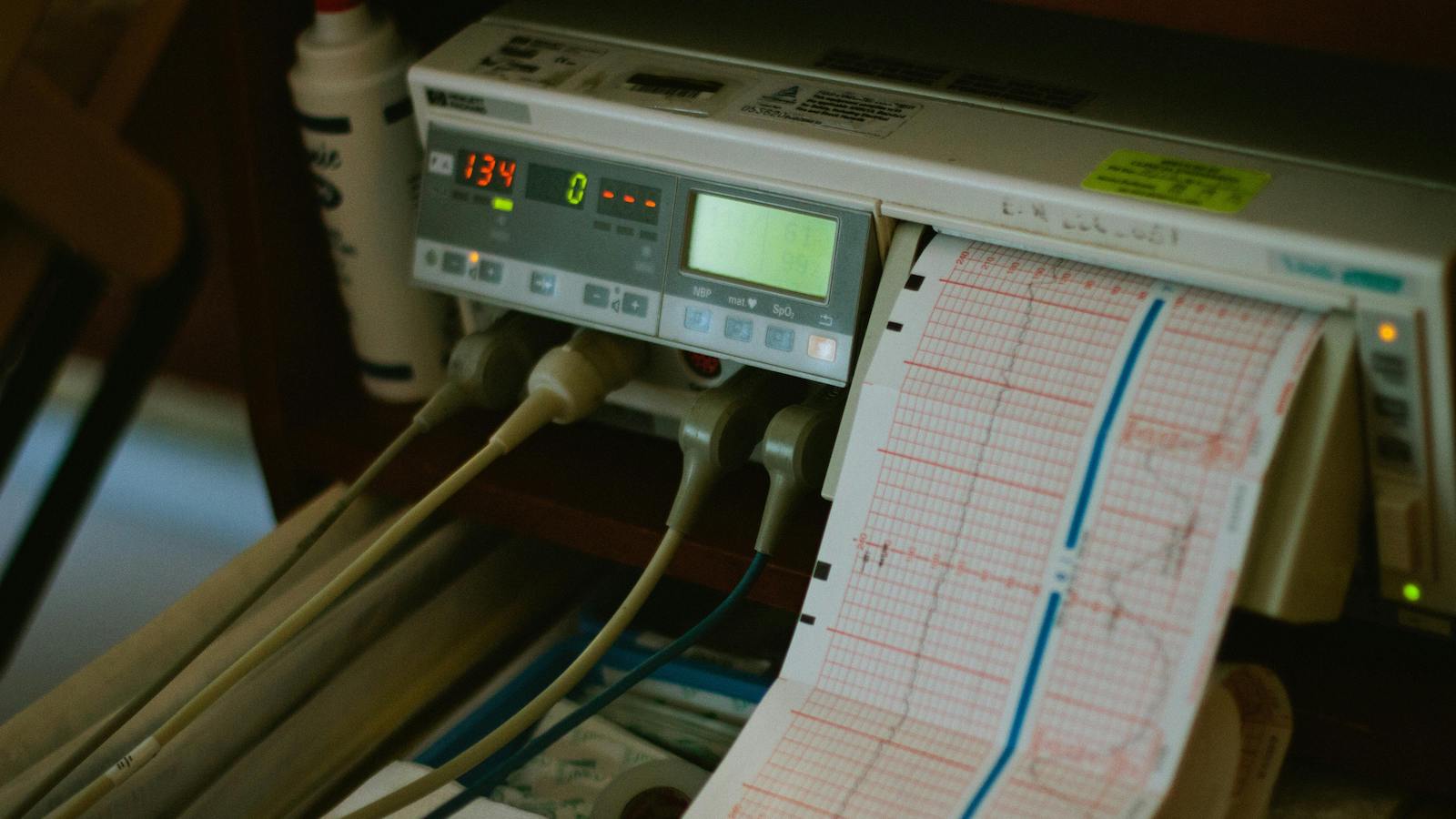The Identity Theft Resource Center (ITRC) has growing concerns regarding the potential for new scams concerning the implementation of the Health Insurance Exchange (HIE) websites as part of the Patient Protection and Affordable Care Act (also known as Obamacare). These exchanges are currently online with enrollment due to start on October 1st.
According to the Act, each state must implement insurance exchanges. These exchanges are to serve as online marketplaces (websites) for consumers to compare rates and make choices about which health insurance coverage is best for them. Each state has the ability to determine the best way to manage these exchanges in order to meet the needs of their uninsured residents.
The open enrollment period for these exchanges begins on October 1, 2013. There have already been some predictions that there will be "bugs and glitches," to quote President Obama, during this process. IT professionals are already voicing concerns regarding the ability to handle the amount of traffic anticipated on the first day of the rollout. However, no one is talking about ensuring that consumers actually know and understand where to go in the first place.
There is huge potential for misinformation and misunderstanding with this new insurance exchange program. Consumers will now be mandated (or face a penalty come tax time) to purchase health insurance if they don't have existing coverage. The official website, www.healthcare.gov will be used by the majority of the states. But 17 states have opted to manage their own unique exchange with a different URL. This has the potential to cause much confusion for consumers. While it may appear that this information would easily be located via an internet search, our experience was that the official website was not easy to locate. In fact, when we searched for "health insurance exchange official websites" (rather than "website") the websites for the 17 states that have their own unique URLs appeared, but www.healthcare.gov did not appear on the first page.
From our experience with scams and fake websites, we believe it would be extremely easy for scammers to create multiple websites that will trick consumers into thinking that it is either the federal health exchange website or one of the alternative state websites. Without known and reliable sources, there exists a great opportunity for gaming of the Internet search engines to attract consumers to websites intent on harming them by eliciting the fraudulent collection of personal identifying information (PII). There is a need to present factual information about which websites represent the accredited websites for the new insurance exchanges.
While there is a comprehensive list of insurance exchange websites on www.healthcare.gov, we are concerned that consumers may not find their way there in the first place. Already our searches indicate that there are organizations using keywords such as "Obamacare" and "Health insurance exchange" in the paid advertising section that are not the official insurance exchange websites. While these websites may not be scams, our concern is that it will only be a matter of time before imposter websites intent on real consumer harm surface.
This concern has a historical basis. The Fair Credit Reporting Act (FCRA) requires each of the Credit Reporting Agencies (CRAs: Experian, Transunion, and Equifax) to provide consumers with one free credit report annually. Confusion still exists between www.annualcreditreport.com, which is the court-mandated website hosted by the credit reporting agencies that actually provides annual free credit reports to consumers, and other websites that offer free credit reports or free credit scores such as www.freecreditreport.com, hosted by one of the credit reporting agencies. Soon after the creation of the original mandated website, dozens of look-alike websites were created. Consumer protection organizations, including the Federal Trade Commission, continue to educate consumers about this to this day (Consumer Information: Free Credit Reports) even though the mandated free website was launched in December 2004.
With the operational launch of these new insurance exchanges just a few short months away, consumers will be scrambling to comply before the January 1st, 2014 deadline. We already stated that we expect consumers to use search engines to locate the particular website they are supposed to use, and that the searches are inconsistent. With that knowledge, will regulators put provisions in place to identify, deter, monitor and address imposter websites? Or do they presume that the existing regulatory or enforcement provisions will deter those who create malicious fake websites intended to capture the personally identifiable information of consumers? Information provided to a fake insurance exchange website could be used to commit identity theft and other frauds.
There will be two types of imposter websites that will require redress. Not all imposter websites are created equal. There are differing levels of harm depending upon the type of imposter website consumers discover. There are legitimate businesses cutting corners and engaging in misleading tactics to secure new business and there are outright scam websites, whose intention is to secure personally identifiable information for malicious use.
Phishing and smishing could eventually come into play.
In 2012 "Imposter Scams" ranked 6th (out of 30) in the list of most complained about fraud events according to the FTC Consumer Sentinel Report. The 82,896 complaints represented 4% of the total complaints received by the FTC.
This category is defined by the FTC as "complaints about scammers claiming to be family, friends, a romantic interest, companies, or government agencies to induce people to send money or divulge personal information." Complaints included the following: Scammers posing as friends or relatives stranded in foreign countries without money, scammers claiming to be working for or affiliated with government agencies, and scammers claiming to be affiliated with a private entity (a charity or company).
By far, the largest subtype of scam was regarding government agency imposters, with over 43,000 of the total in that category. Previous years' statistics indicate that year over year, government imposters were the most complained about subtype: 47,454 in 2011 and 49,321 in 2010.
This demonstrates that the scammers continue to find impersonating the government to be a lucrative enterprise. Since this is a new program, even those consumers who normally know not to click on strange links in emails or respond to unknown senders of text messages, may feel compelled to respond and potentially share their personally identifiable information via these means. Why should we believe that the health care exchanges will be immune to this kind of impersonation?
If past behavior is an indicator, we can be sure that there will be financial harm to at least some of these victims.
The Internet Crimes Complaint Center (IC3) 2011 report states that it received approximately 39 complaints per day regarding FBI impersonation email scams. IC3 presented a total loss for this type of impersonation scam (via phishing emails) as over $3 million dollars. This number is just for the complaints that the IC3 received and does not take into account all the unreported losses.
A fundamental part of the Identity Theft Resource Center's mission is to serve as a relevant national resource on topics such as this. In an effort to provide consumers with the important information they need about potential insurance exchange scams, the Identity Theft Resource Center has developed a scam alert and posted additional information on its website to help educate consumers.
The Identity Theft Resource Center is hopeful that there will be strong and coordinated efforts to educate consumers as to the authentic websites for these exchanges. As they differ from state to state, universal messaging will be difficult to coordinate. Of course, there will be glitches, and as with any new process, we will only discover what these are when the actual user experience is reviewed. However, these efforts need to take place now.





